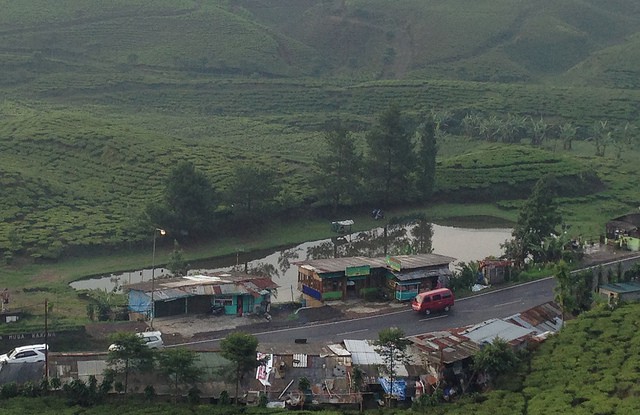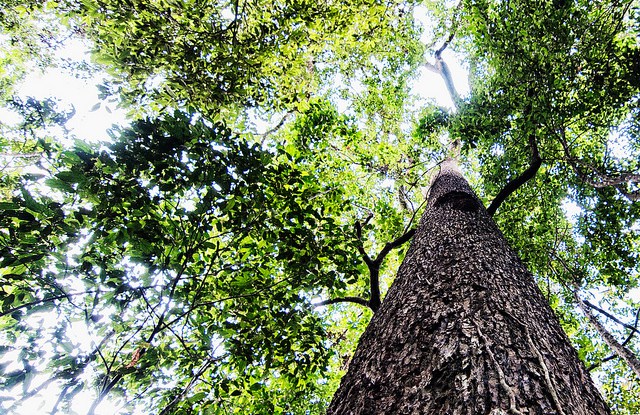
Models can be unreliable for predicting future outcomes of integrated land use, but can generate helpful scenarios and projections to identify potential links, synergies and trade-offs, according to a tropical deforestation expert.
Land-use models can be used to understand how to protect forests from the environmental impact of agricultural land encroachment and help identify policies needed to ensure sustainable land use. They can be used to integrate different sectors, including forestry, crop production and grazing to introduce landscape-scale planning for agriculture, forest use, climate change mitigation and adaptation.
“They’re useful as long as you don’t trust them too much,” said Arild Angelsen, a senior associate with the Center for International Forestry Research (CIFOR) and a professor of economics at the Norwegian University of Life Sciences.
“Models can also serve as a platform for a dialogue across stakeholders, and the process itself can ensure better sectoral integration,” he added.
CROSS-SECTORAL INSIGHTS
Planners can use modeling to assess the possible impacts of a potential future policy on a broad range of sectors rather than focusing only on one.
For example, modelling can be used to evaluate potential impacts of a policy change on emissions, agricultural productivity or biodiversity simultaneously, said Rebecca Mant, senior program officer in climate change and biodiversity with the U.N. Environment Programme World Conservation Monitoring Centre (UNEP-WCMC).
“Land-use modelling can also help planners take a landscape-scale approach to examining the impact of policies or national decisions,” Mant said.
As UNEP’s specialist biodiversity assessment arm, UNEP-WCMC provides authoritative information about biodiversity and ecosystem services in a manner useful to decision-makers driving change in environment and development policy, she said.
It is one of the main collaborators in a project to help identify economically efficient, socially fair REDD+ policies that safeguard ecosystems, protect biological diversity while meeting goals set by the U.N. Framework Convention for Climate Change (UNFCCC), she added.
REDD+ is a mechanism being developed under the UNFCCC aimed at reducing emissions from deforestation and forest degradation.
At the Global Landscapes Forum in Warsaw, on the sidelines of international climate policy negotiations, Mant will lead a discussion forum on how land-use modeling can help support evidence-based decision-making, bringing together scientists from different areas of expertise.
The session is aimed at exploring how land-use change models can be used for investigating the interactions between different sectoral policies including mitigation, adaptation and biodiversity conservation, to support landscape scale planning, focusing on planning for REDD+.
This work forms part of the CGIAR Research Program on Forests, Trees and Agroforestry.
We want you to share Forests News content, which is licensed under Creative Commons Attribution-NonCommercial-ShareAlike 4.0 International (CC BY-NC-SA 4.0). This means you are free to redistribute our material for non-commercial purposes. All we ask is that you give Forests News appropriate credit and link to the original Forests News content, indicate if changes were made, and distribute your contributions under the same Creative Commons license. You must notify Forests News if you repost, reprint or reuse our materials by contacting forestsnews@cifor-icraf.org.
